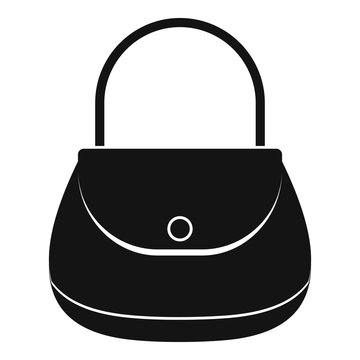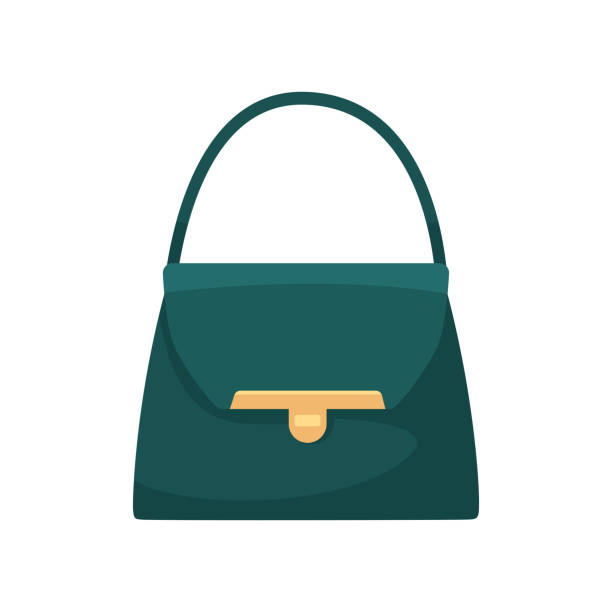
1. Inspiration and Research
Mood Boards
Visual Collection: Gather images, colors, textures, and themes that inspire your design. These can come from fashion shows, nature, art, or cultural motifs.
Trend Analysis: Look at current and upcoming fashion trends to understand what�s popular in the market.
Target Audience
Customer Profile: Define the demographics and preferences of your target audience. Consider factors like age, lifestyle, and fashion preferences.
Needs and Desires: Understand what your customers are looking for in a handbag�be it functionality, aesthetics, or a blend of both.
2. Conceptualization
Brainstorming
Idea Generation: List down different ideas and features you want to incorporate into your handbag designs. Think about shape, size, functionality, and unique elements.
Theme Selection: Choose a central theme or concept for your collection. This could be based on a particular season, occasion, or fashion trend.
Rough Sketches
Freehand Drawing: Start with freehand sketches to explore different shapes and styles. Don�t worry about details at this stage; focus on getting your ideas on paper.
Variety: Create multiple sketches with varying designs to see what works best. Experiment with different silhouettes, handle types, pocket placements, and closures.
3. Detailed Sketches
Refinement
Enhanced Drawings: Refine your initial sketches by adding more details. Focus on proportions, balance, and the overall aesthetic.
Multiple Views: Draw the handbag from multiple angles�front, side, and back. Include top and bottom views if necessary.
Features and Functionality
Compartments and Pockets: Sketch the interior layout, showing compartments, pockets, and other functional elements.
Hardware Details: Add details of zippers, buckles, clasps, and other hardware components. Ensure these elements are both functional and aesthetically pleasing.
Proportions and Scale
Human Scale: Include a scaled human figure in your sketches to show the relative size of the handbag. This helps in visualizing how the bag will look when carried.
Dimensions: Annotate your sketches with approximate dimensions to guide the pattern-making process later on.
4. Material Indication
Texture and Fabric
Material Swatches: Indicate the types of materials you plan to use. This can include leather, faux leather, canvas, or synthetic fabrics.
Texture Representation: Use shading, hatching, and other sketching techniques to represent different textures and finishes.
Color Palette
Color Options: Sketch your designs in various color options. Use colored pencils, markers, or digital tools to explore different color palettes.
Seasonal Colors: Consider seasonal trends and themes when selecting colors.
5. Finalizing Initial Sketches
Selection
Review and Select: Review all your sketches and select the best ones that align with your vision and the market needs.
Feedback: Seek feedback from peers, mentors, or focus groups to refine your designs further.
Documentation
Organize Sketches: Compile your final sketches into a portfolio or digital document. Include annotations and notes to explain your design choices.
Tech Pack Preparation: Start preparing a technical pack (tech pack) that includes your detailed sketches, material choices, and construction details. This will be crucial for the next steps in the design process.
Conclusion
Initial sketches are a critical step in the handbag design process, laying the groundwork for creating stylish and functional accessories. By focusing on inspiration, conceptualization, and refinement, designers can develop a clear vision for their handbag collections. Detailed sketches, material indications, and thorough documentation ensure that the design concept is effectively communicated to pattern makers and manufacturers, leading to high-quality final products.


